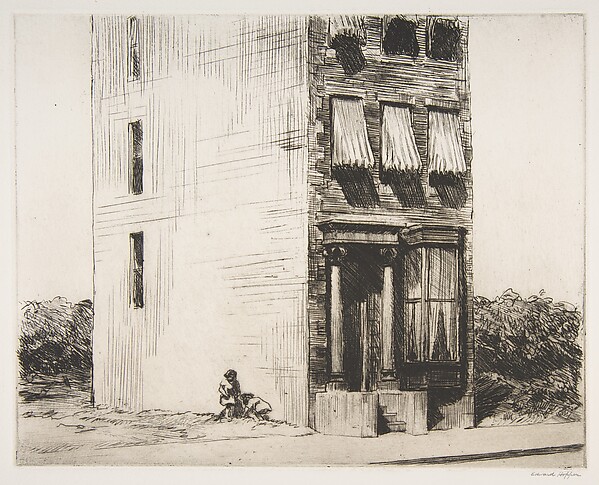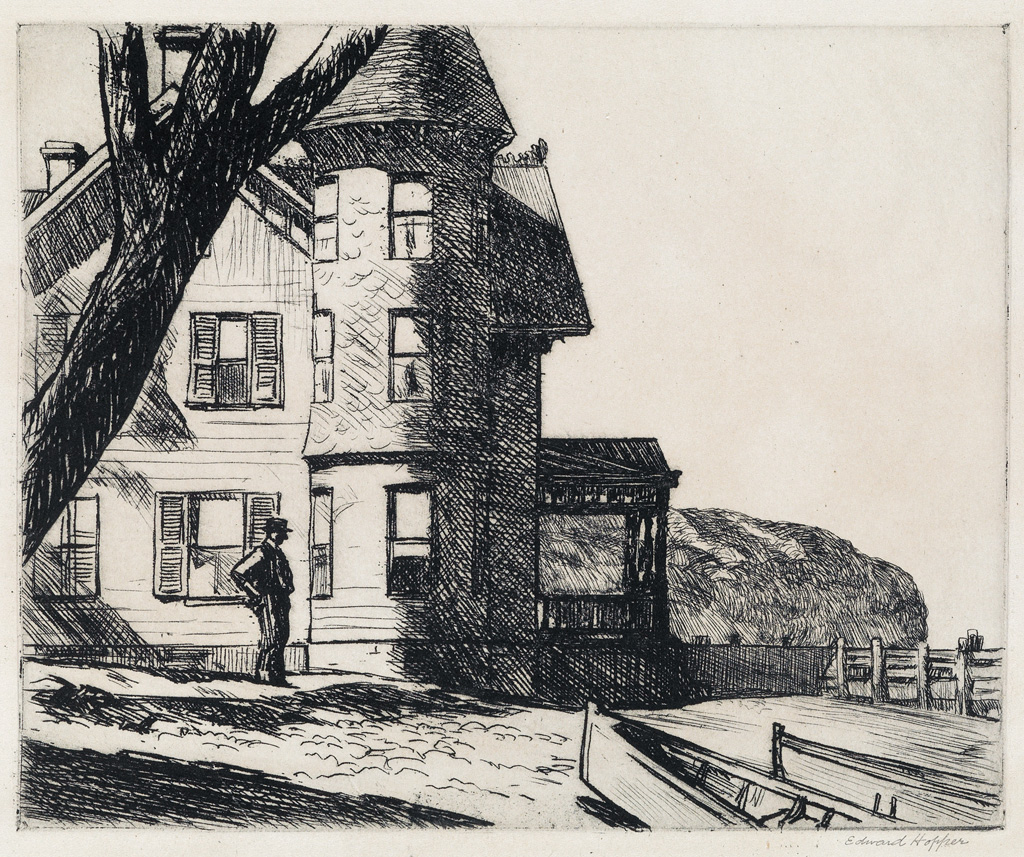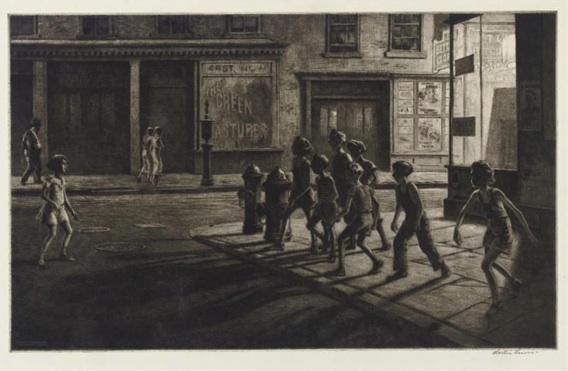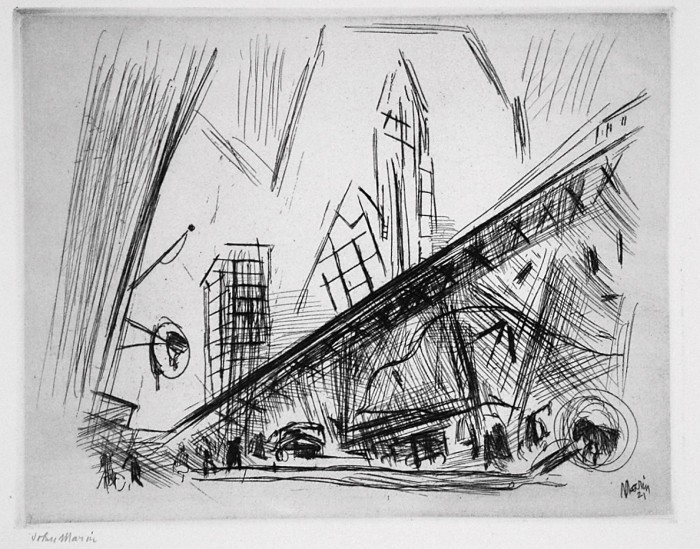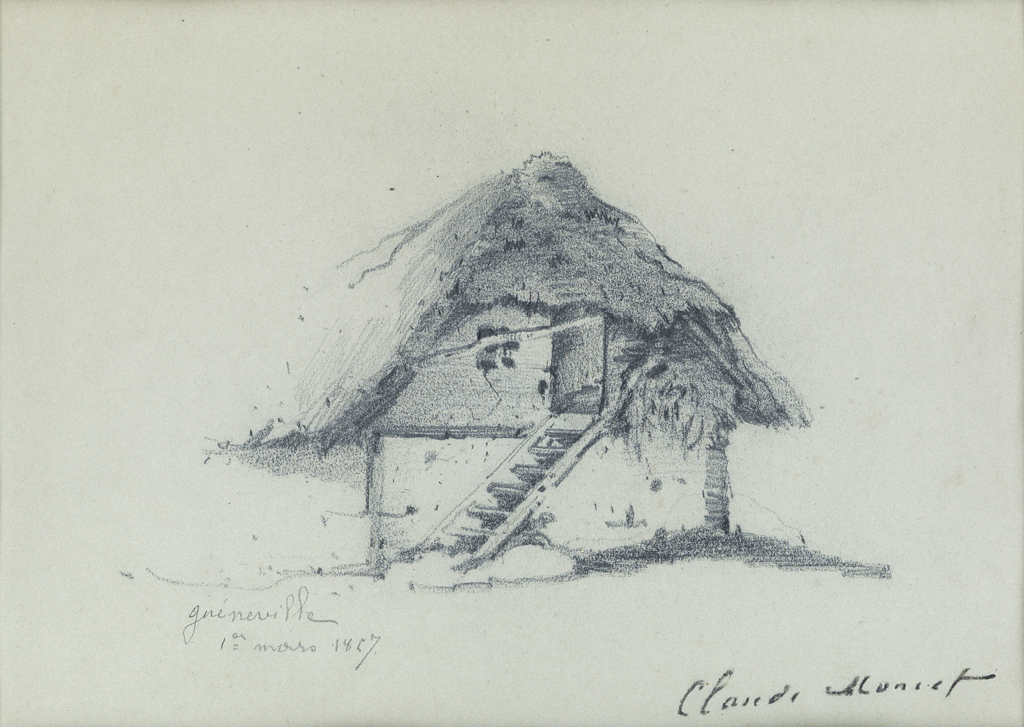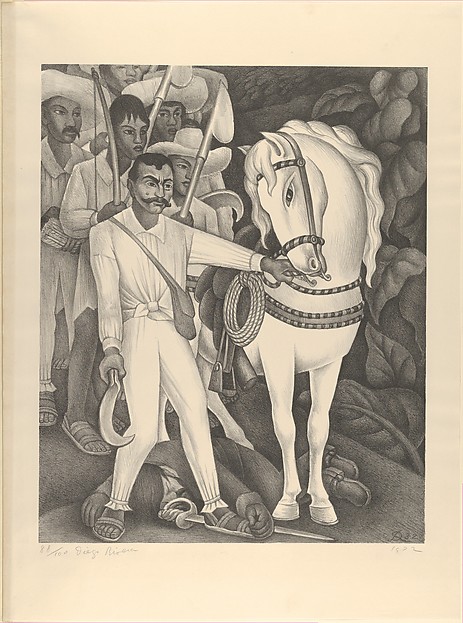William Merritt Chase’s (1849-1916) Sunlight and Shadow

William Merritt Chase (American, 1849-1916), Sunlight and Shadow, 1884,
oil on canvas, Collection of Joslyn Art Museum, Gift of the Friends of
Art, 1932.4
A brief exchange, perhaps heated, executed quickly to capture a moment.
Sounds like a Twitter tweetstorm, but the subject here is a 19th-century painting once titled
The Tiff, painted
en plein air, a direct rendering out-of-doors of a couple's conversation in a sun-dappled garden.
Executed at the advent of Impressionism, the work's title was later changed to
Sunlight and Shadow by
the artist, reflecting that he thought less of "the tiff" as the
subject than how the light filtered through the branches at that
(Instagrammable?) moment.
One of the
Joslyn Art Museum’s most popular works, and a cornerstone of its American painting collection — William Merritt Chase’s (1849-1916)
Sunlight and Shadow
— has returned to the museum in Omaha following an international tour
that began in the summer of 2016 at The Phillips Collection in
Washington, D.C., as part of the exhibition
William Merritt Chase: A Modern Master.
The exhibition, which marked the centennial of Chase’s death,
explored his role as both an outspoken champion of American art and an
active participant in the international art scene in Europe.
Portraying a couple at afternoon tea in the garden of a home in Zandvoort, Holland,
Sunlight and Shadow
is one of Chase’s earliest forays into plein-air painting. Light
cascades through a canopy of trees, casting dazzling patterns across the
couple — Chase's friend, the painter Robert Blum, and a young woman
reclining in a hammock — captured in what appears to be a fraught
conversation. That the painting was originally called
The Tiff
by the artist may confirm this kind of interpretation, but Chase is
clearly more interested in the naturalism expressed in the title under
which he exhibited it shortly before his death:
Sunlight and Shadow.
The Domes of the Yosemite by Albert Bierstadt

Albert Bierstadt's "The Domes of the Yosemite," 1867
The Domes of the Yosemite, the largest existing painting by Albert Bierstadt (1830–1902), made its post-conservation debut at the
Morse Museum
of American Art, in Winter Park, Fla., where it is on view to July
8 through a special loan from the St. Johnsbury Athenaeum in Vermont.
The monumental painting, having just received conservation treatment
in Miami, returns to Vermont in July. Measuring almost 10 feet by 15
feet, the 1867 oil painting has not been shown outside the Athenaeum
since its first installation there in 1873.
“The Domes of the Yosemite," said Morse Museum Director Laurence J.
Ruggiero, “is a virtuoso performance by one of the most beloved painters
of America’s natural beauty—sweeping, sumptuous, dramatic and
luminous.”
“The painting perfectly complements the Morse’s collection of 19th-century American art,” he said.
“With age, the canvas had become weak where it wrapped around the
stretcher, so much so that there was significant distortion in the upper
left corner,” said Athenaeum Director Bob Joly. “Also, the surface was
coated with a synthetic varnish in the 1950s, which becomes harder to
remove the longer it remains. When it returns, The Domes will be
appreciated for its beauty and its great condition.”
Treatment of the work at ArtCare Conservation Studio in Miami, where
it arrived in mid-October, has included repairing the tears around the
perimeter, flattening the distortions, and removing surface grime and
varnish.
“The painting is the most important piece in the Athenaeum’s
collection and a major work of 19th-century landscape painting,” Joly
said. “It is our job to preserve it for the generations to come.”
Bierstadt, a German-American artist, was lauded for grandiose
landscape paintings, particularly those that captured the newly
accessible American West. His work represented the maturation of the
great American landscape tradition, and his painting of the Valley of
the Yosemite in California has been called his crowning achievement.
Originally commissioned for $25,000 for the Connecticut home of
American financier Legrand Lockwood, The Domes was showcased in New York
City, Philadelphia, and Boston before its installation in Lockwood’s
mansion. After Lockwood’s death in 1872, it was purchased by Horace
Fairbanks of the E. and T. Fairbanks Company in St. Johnsbury.
Fairbanks—whose brother, Franklin, was an early investor in Winter Park
land and a charter trustee of Rollins College—founded the Athenaeum in
1871, financed its building, and provided for its library and art
collection. In 1873, he added the art gallery to accommodate The Domes.
Morse joined the Fairbanks Company in 1850, ultimately becoming the
controlling partner in Fairbanks, Morse & Co. headquartered in
Chicago.
“Charles Hosmer Morse’s connection to St. Johnsbury is the reason the
Athenaeum offered the painting for temporary display at the Morse
Museum,” Joly said. “We are delighted to share this national treasure
with the Central Florida community, where Morse’s legacy has meant so
much.”
The Morse Museum is known today as the home of the world’s most
comprehensive collection of works by American designer and artist Louis
Comfort Tiffany (1848–1933), including the chapel interior he designed
for the 1893 World’s Columbian Exposition in Chicago and art and
architectural objects from Tiffany’s celebrated Long Island home,
Laurelton Hall. The museum's holdings also include American art pottery,
late 19th- and early 20th-century American painting, graphics, and
decorative art.
For more information about the Morse, please visit
www.morsemuseum.org.




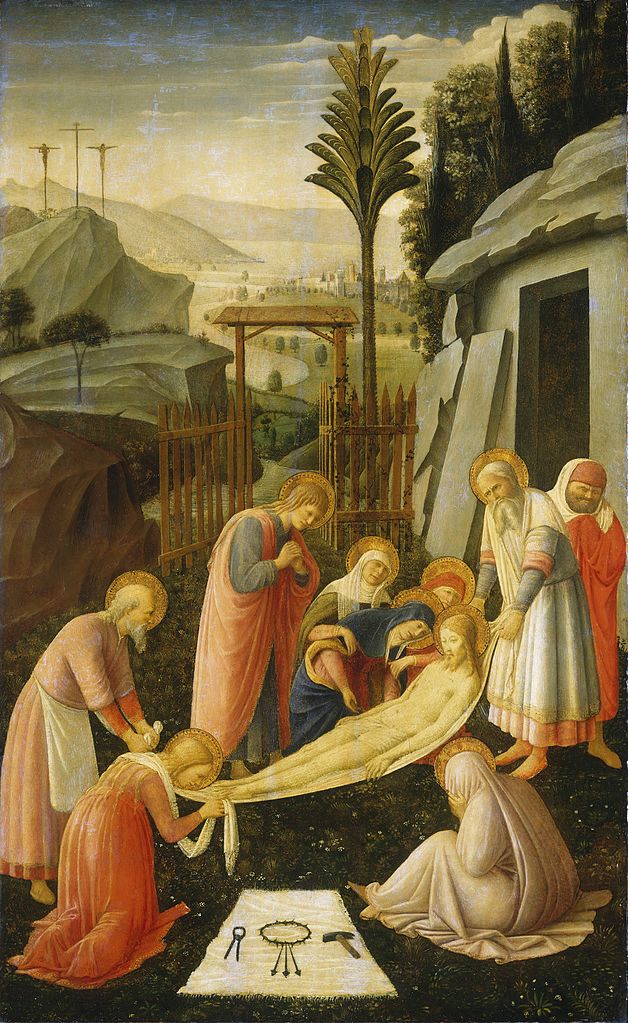




 "Artistin (Circus Performers)," Conrad Felixmüller, 1921. Drypoint, 21½ x
13½ in. (54.6 x 34.3 cm). Colby College Museum of Art. The Norma Boom
Marin Collection of German Expressionist Prints, 2017.449. © 2018
Artists Rights Society (ARS), New York / VG Bild-Kunst, Bonn
"Artistin (Circus Performers)," Conrad Felixmüller, 1921. Drypoint, 21½ x
13½ in. (54.6 x 34.3 cm). Colby College Museum of Art. The Norma Boom
Marin Collection of German Expressionist Prints, 2017.449. © 2018
Artists Rights Society (ARS), New York / VG Bild-Kunst, Bonn